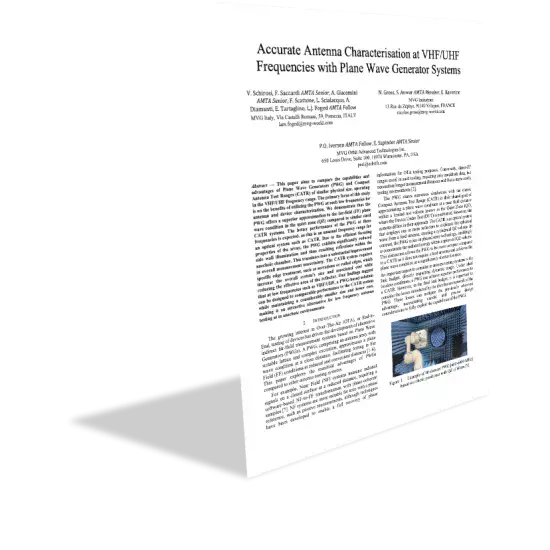
This paper aims to compare the capabilities and advantages of Plane Wave Generators (PWG) and Compact Antenna Test Ranges (CATR) of similar physical size, operating in the VHF/UHF frequency range. The primary focus of this study is on the benefits of utilizing the PWG at such low frequencies for antenna and device characterization. We demonstrate that the PWG offers a superior approximation to the far-field (FF) plane wave condition in the quiet zone (QZ) compared to similar sized CATR systems. The better performance of the PWG at these frequencies is expected, as this is an unusual frequency range for an optical system such as CATR. Due to the efficient focusing properties of the array, the PWG exhibits significantly reduced side wall illumination and thus resulting reflections within the anechoic chamber. This translates into a substantial improvement in overall measurement uncertainty. The CATR system requires specific edge treatment, such as serrations or rolled edges, which increase the overall system's size and associated cost while reducing the effective area of the reflector. Our findings suggest that at low frequencies such as VHF/UHF, a PWG-based solution can be designed to comparable performance to the CATR system while maintaining a considerably smaller size and lower cost, making it an attractive alternative for low frequency antenna testing at in anechoic environments.

